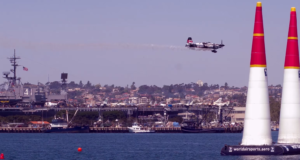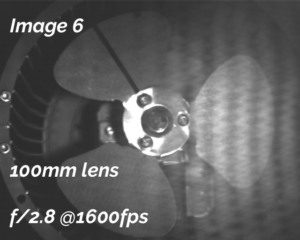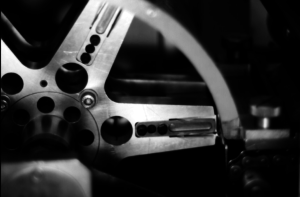Determining the frame rate needed for a given application is one of the challenges of high-speed imaging. While it is intuitive that the faster an object moves, the faster the frame rate needs to be to capture it with a high speed video camera, that is only part of the equation. In the video above, an airplane, race horses, and a microscopic mite are shown in slow motion. They all traverse… Read More
Pixel Size and Depth of Field
It’s hard to get everything in focus for your high-speed shot, so it’s important to have good depth of field. In the image on the left, we are trying to capture an ant and a bee interacting. They are both constantly moving, making it difficult to get both of them in focus at the same time. Your application may require getting multiple moving mechanical parts in focus in one shot,… Read More
Imaging Objects Behind a Screen With a High Speed Camera
When using high-speed cameras to troubleshoot industrial machinery and manufacturing equipment, the objects or parts to record are often partially obscured by a protective screen or grate. Removing the screen may not always be safe or even possible. Throughout this article we will be looking at images of a fan that is rotating at 50Hz and placed behind a screen. The challenge is to be able to take images of… Read More
How to Use High Speed Cameras for Preventive Maintenance to Reduce Downtime
Preventive maintenance (PM) of mechanized production lines often requires visual inspection of moving parts such as motors, gears, belts, pulleys, chains, etc. Some parts may be obstructed from view by other machinery or hidden from view in enclosures or cabinets while the line is in operation. While conducting PM procedures, service personnel may routinely shut down a line, open the cabinets or enclosures, and check mechanical parts for wear. To… Read More



